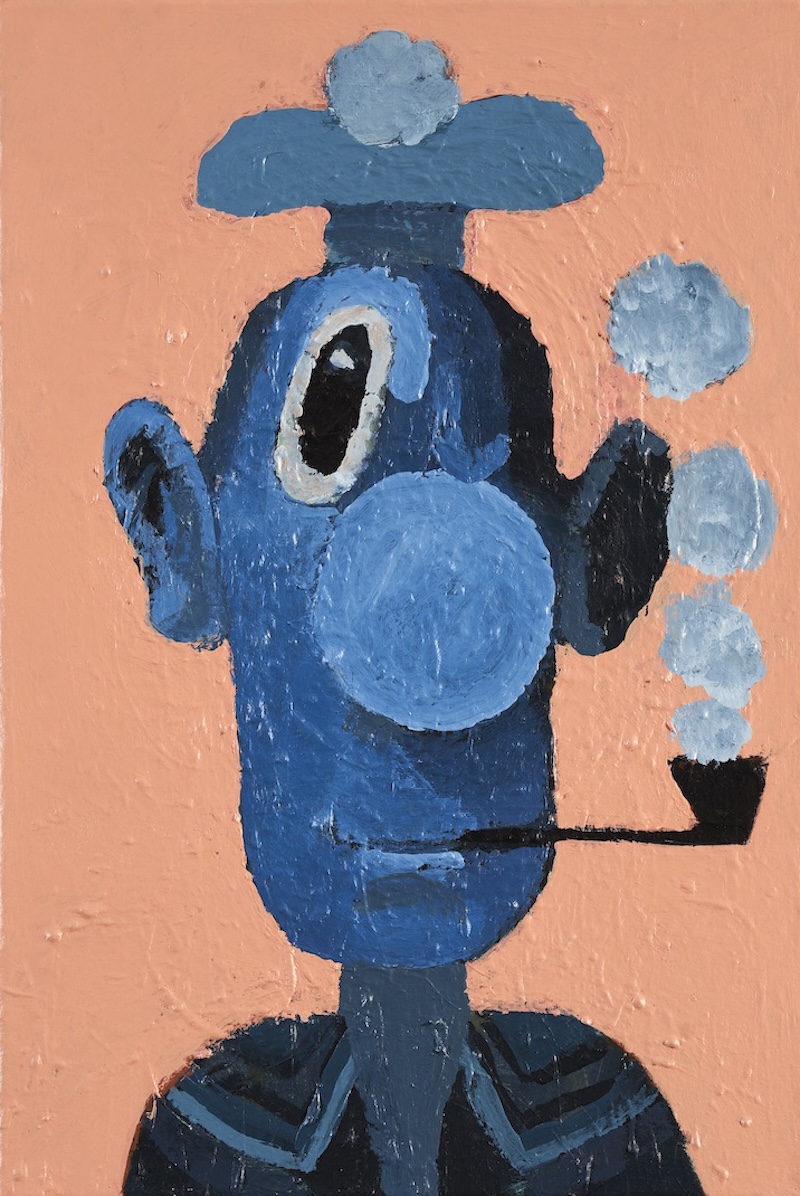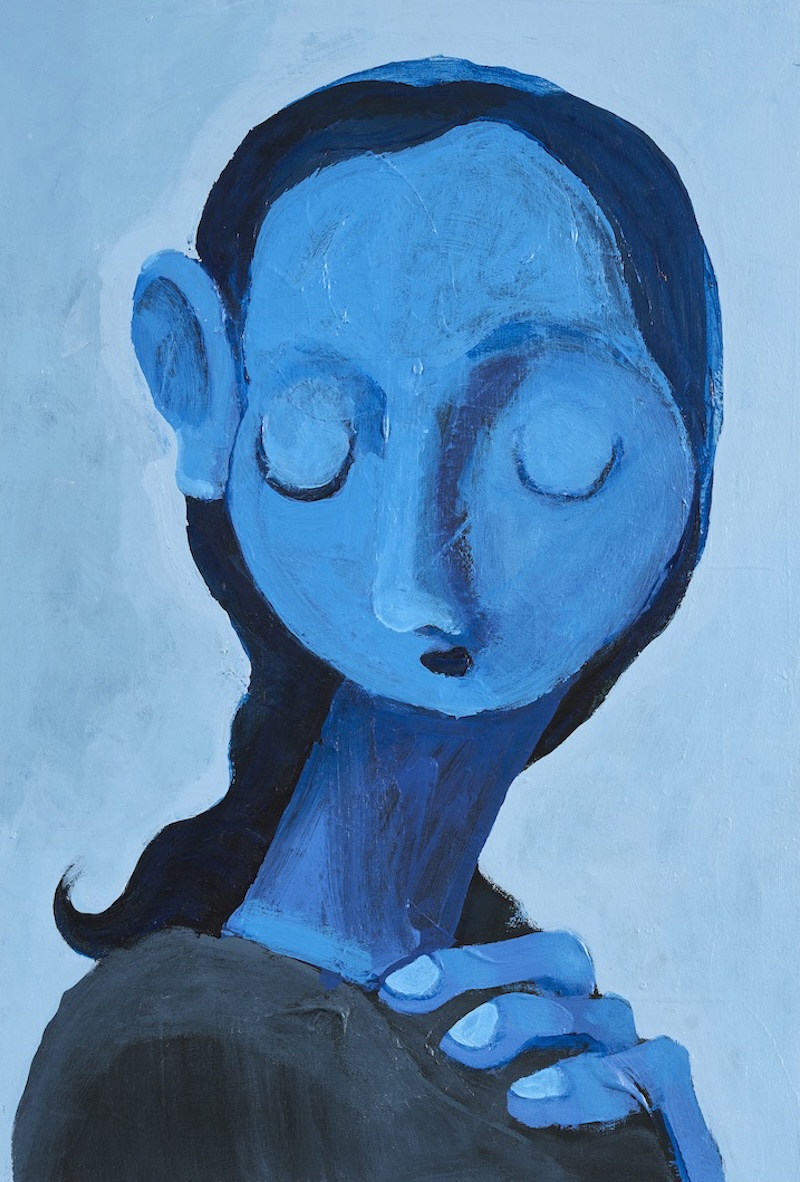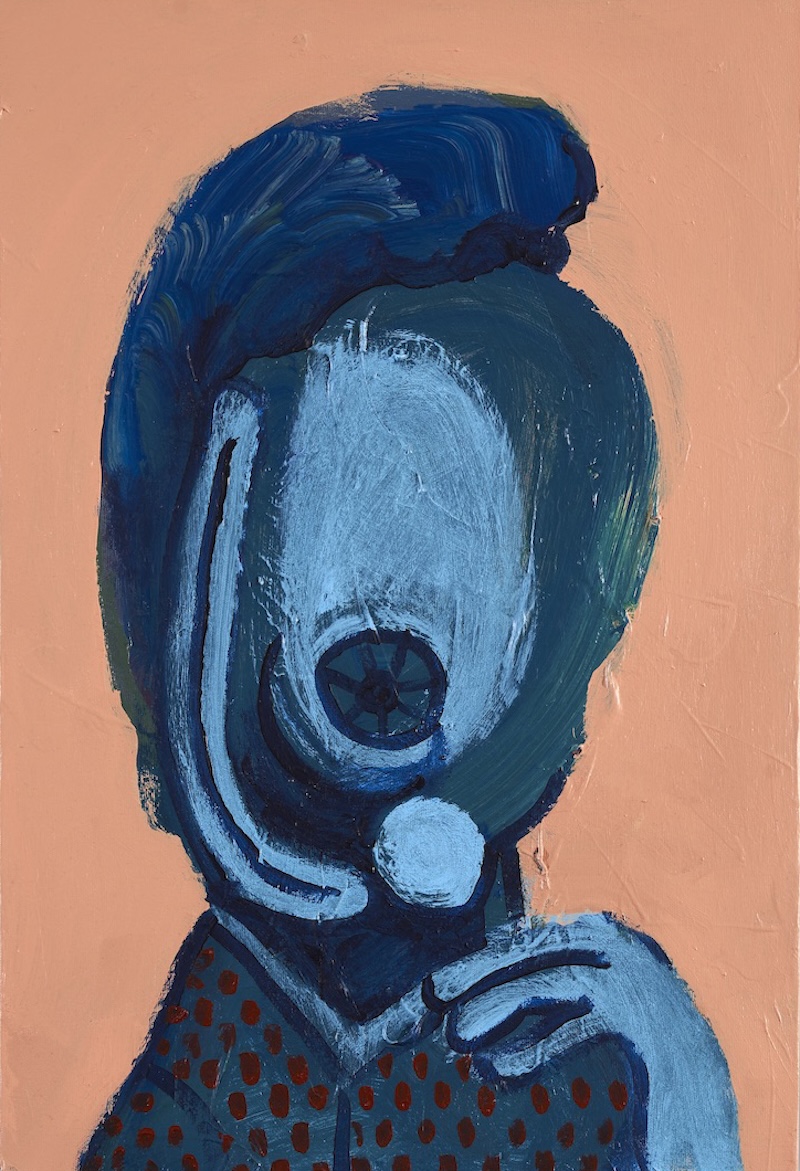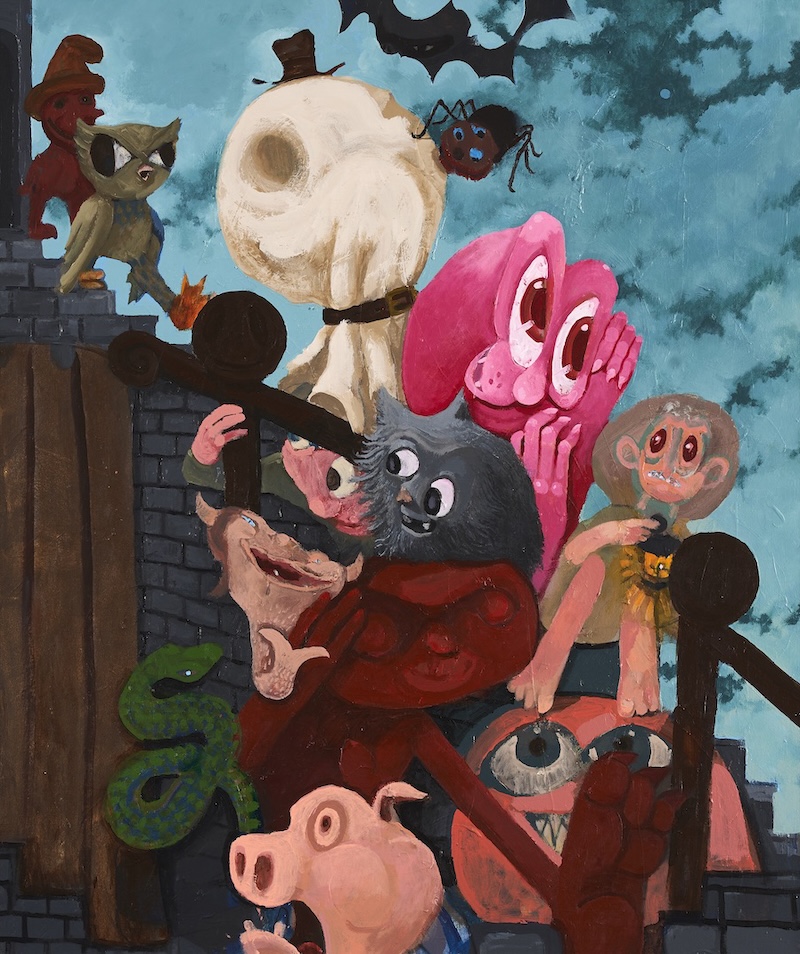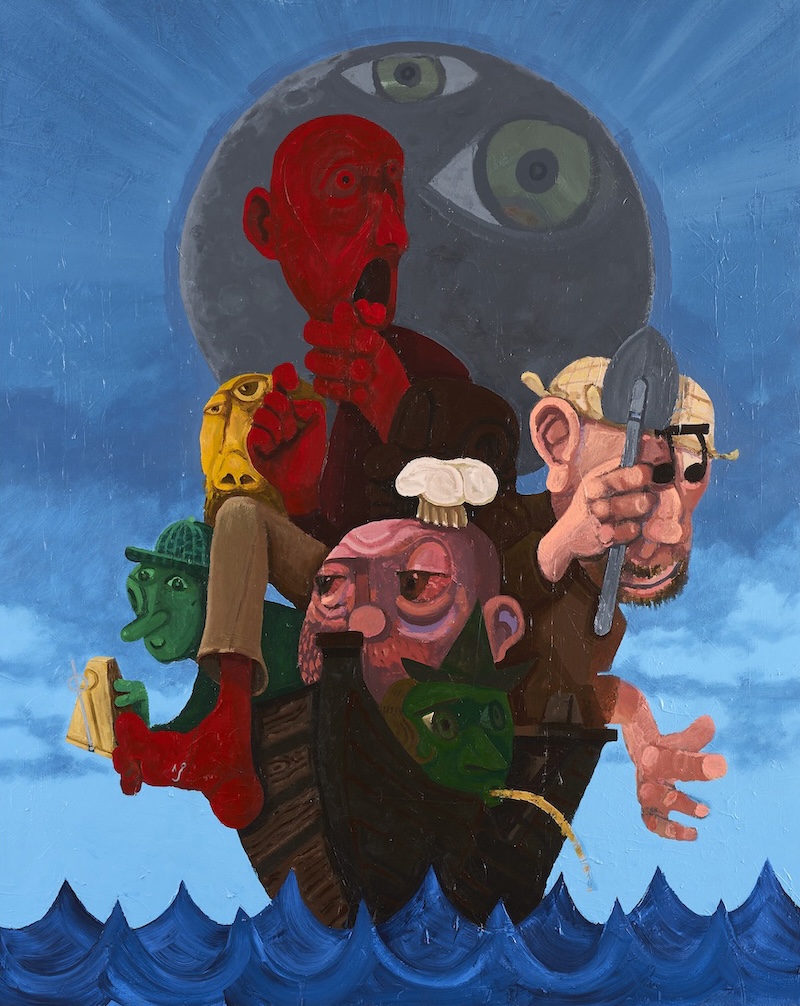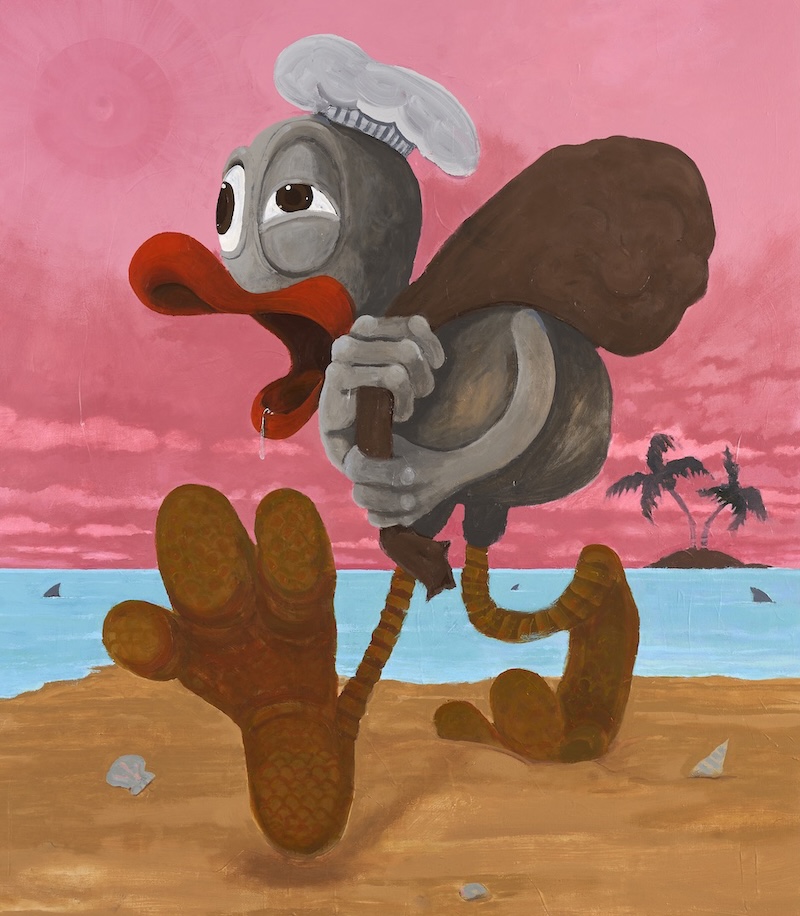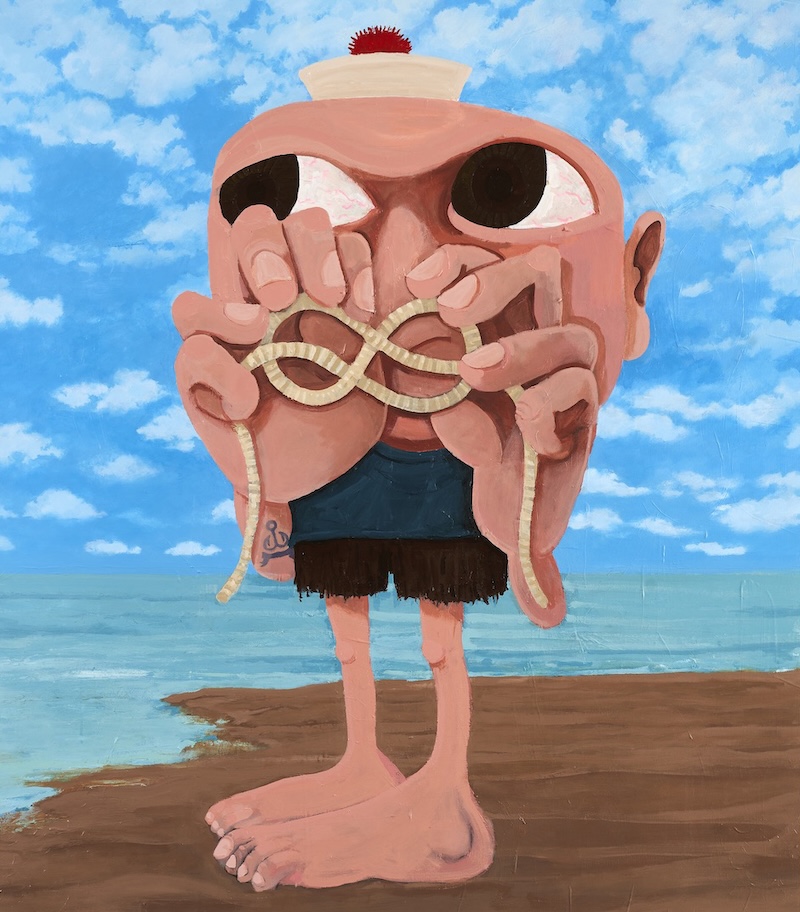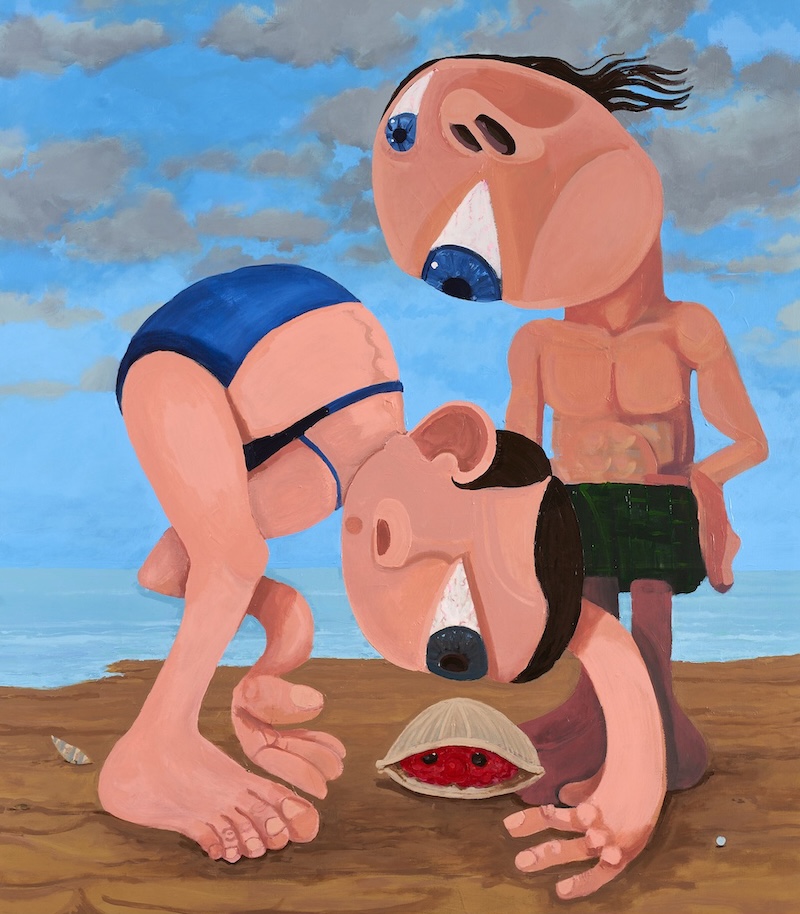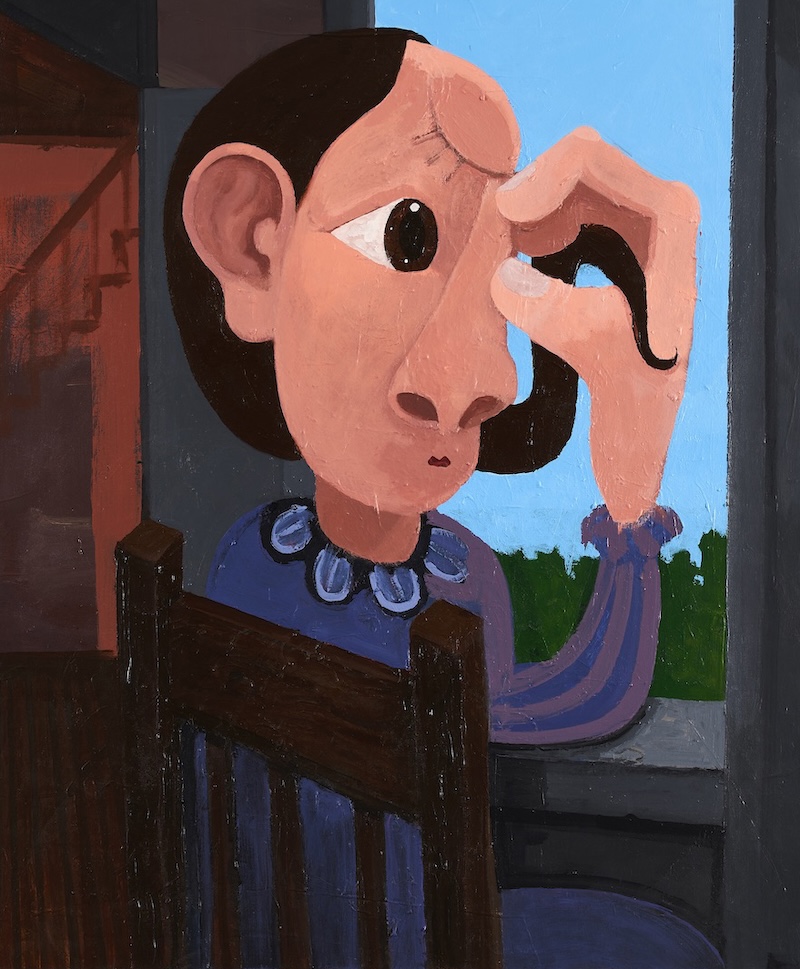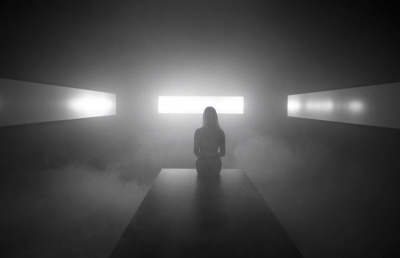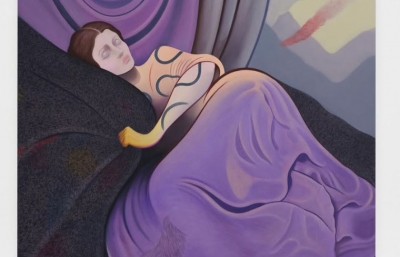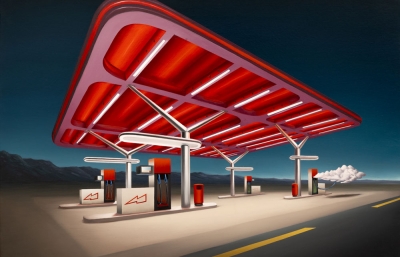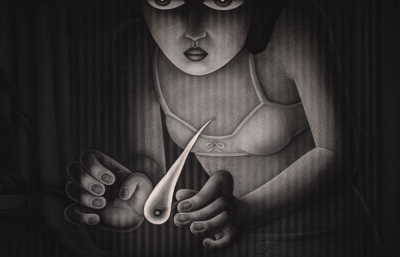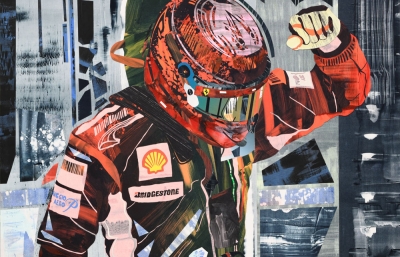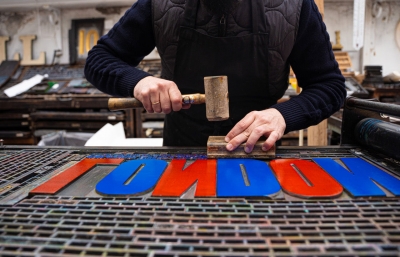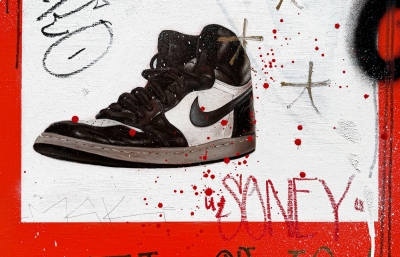Turksik Cubist painter, Erkut Terliksiz, is set to open Isola, a new series of paintings in the Italian capital of Rome at Dorothy Circus Gallery. This collection of eight works embodies both Erkut's innovative approach and the material research of his technique, which blends the concept of error with that of development. As he himself explains, his work begins with a blot, and for Erkut, the first rule of painting is that there are no rules. The origin of the painting is experimental, but it is the viewer's interpretation that completes its mission and infuses it with meaning. Leveraging the right side of the brain and drawing on the seeds left by Picasso and George Condo, Erkut expresses himself with a whimsical exploration of absurd scenarios, rich with surreal figures rendered in thick and bold brushstrokes that, grouped in the center of each composition, create a dynamic focal point.
Dorothy Circu Gallery: What sparked the creation of the Isola series, and how does this theme in its italian meaning resonate with your personal artistic journey?
Erkut Terliksiz: I think everything started with the pandemic. I was dreaming of being on an isolated island with my family. Then I began to paint figures, castaways on this isolated island, which gave me a lot of freedom in my recent paintings—blue skies and endless beaches and journeys.
The term Isola translates to island in Italian. Is this in reference to the concept of isolation or insularity plays into the themes of your new series?
I've been dreaming about islands a lot lately, which has been quite liberating. Islands, to me, are places of laughter and joy; they hold stories within their quiet corners. Being on an island means isolating oneself from the hustle of real life—it’s a delightful escape from the daily grind and the ordinary problems that clutter our day-to-day life. This sense of isolation deeply resonates with the themes in my new series, where each piece invites viewers to find freedom and comfort away from the usual.
In many of your artworks, you depict groups of characters closely gathered, often engaged in some form of activity or sharing a moment together. Is this a reference to the concept of community?How would you describe the community you are part of?
Absolutely, showing groups of people with different emotions lets me tell different stories. Yes, sometimes these groups seem to stand apart from the rest—like little islands of their own. It's something we see a lot these days. Everywhere you look, people are experiencing their own kind of isolation, even when they're together. My paintings often show that, despite being close, there's still a sense of distance among us.
In other works we feel friendship and family do these scenes aim to convey a sense of belonging or are they reflective of familial ties?
Being a full-time artist means a lot of isolation, and I've been working a lot lately. In a way, I miss being with people in daily routines—friends and crowds. They tend to appear in my paintings, I guess. My son is 6 years old, and watching his character develop is incredibly inspiring as an expressionist dad. His joy, ups, and downs show up in every painting. Also, it's inevitable to see the reflections of the collective memory of our close and loved ones. With the 'Isola' series, I think I might wanted to share these feelings of both isolation and connection. Each painting explores the mix of solitude and togetherness, drawing on both personal experiences and the shared memories we all hold.
What do you hope viewers take away from experiencing your Isola series?"
As I paint intuitively, my painting process often begins with an accident or a stain. These 'accidents' allow me to see and feel different emotions, stories, and compositions. Since the origin of the painting is as experimental as it gets, the narrative evolves according to the viewer's interpretation. Their contributions shape the story from that point forward. With the 'Isola' series specifically, I aim to transport viewers into a realm of captivating characters and mysterious narratives. Through this collection, I hope viewers find themselves drawn into the unique stories and emotions evoked by each piece, ultimately experiencing a sense of wonder and connection with the surreal landscapes and characters within.
Your works such as Dungeon, Mars opening party, and Exodus suggest a narrative depth. What stories are you telling through these paintings?
Dungeon represents the moral decay of society—misery becoming something ordinary and normal. When I first saw Otto Dix's painting The Seven Deadly Sins' (1933), it shook me! It's one of my all-time favorite paintings. Dungeon is kind of a tribute to that piece.
Mars Opening Party (above) is a party scene with lots of figures, each with their own story. There are different faces, different feelings. And yes, the one with the big nose does represent Elon Musk in some way. The horizon you see is Mars's horizon.
Exodus is full of hope. It shows people moving or changing places to survive. We've all heard so many heartbreaking stories lately. We feel their grief and pain deeply. This painting is a reflection of our times, capturing the struggles and resilience of people.
Each piece in the 'Isola' series maintains a consistent size, but the themes vary greatly. How do you decide on the composition and color palette for each work?
The first rule of the painting is no rule.
No plans no boundries. In my work, I really go with the flow. It's like each painting is a journey where the colors and shapes just come together on their own. I think of it as improvising with nature—where each brushstroke and color choice can bring a surprise. I always let those little unintentional moments on the canvas guide me; they often turn into the most interesting parts of my paintings. And I don’t stick to one canvas at a time; I’m usually juggling several different pieces, each varying in size and story. It keeps things exciting and fresh for me.
Your work has often been compared to George Condo’s reimagining of Cubism, and your 'Isola' series continues to push the boundaries of this artistic movement. Could you share how artists like Condo or other movements have influenced your approach? Additionally, how do you blend these inspirations with your unique visions of nature, the earth, and human existence to create such a distinctively surreal and emotionally impactful scenes?
Artists like Picasso, Condo, and Guston are huge inspirations for me, among others I deeply admire. Their work has influenced my artistic journey significantly. You see, I approach art with a visually powerful mind, tapping into the depths of my right brain, which is a powerhouse of imagination. But I can say that, trying to find my own aesthetic where there are such legendary figures and masterpieces hasn't been easy. It's been a journey of exploration, where I've dedicated a lot of time to discovering my own language of expression—one that, I believe, speaks to the depths of human emotion and experience, blending surreal elements with the raw beauty of nature and earthly existences.
Isola opens on June 21, 2024 in Rome.



